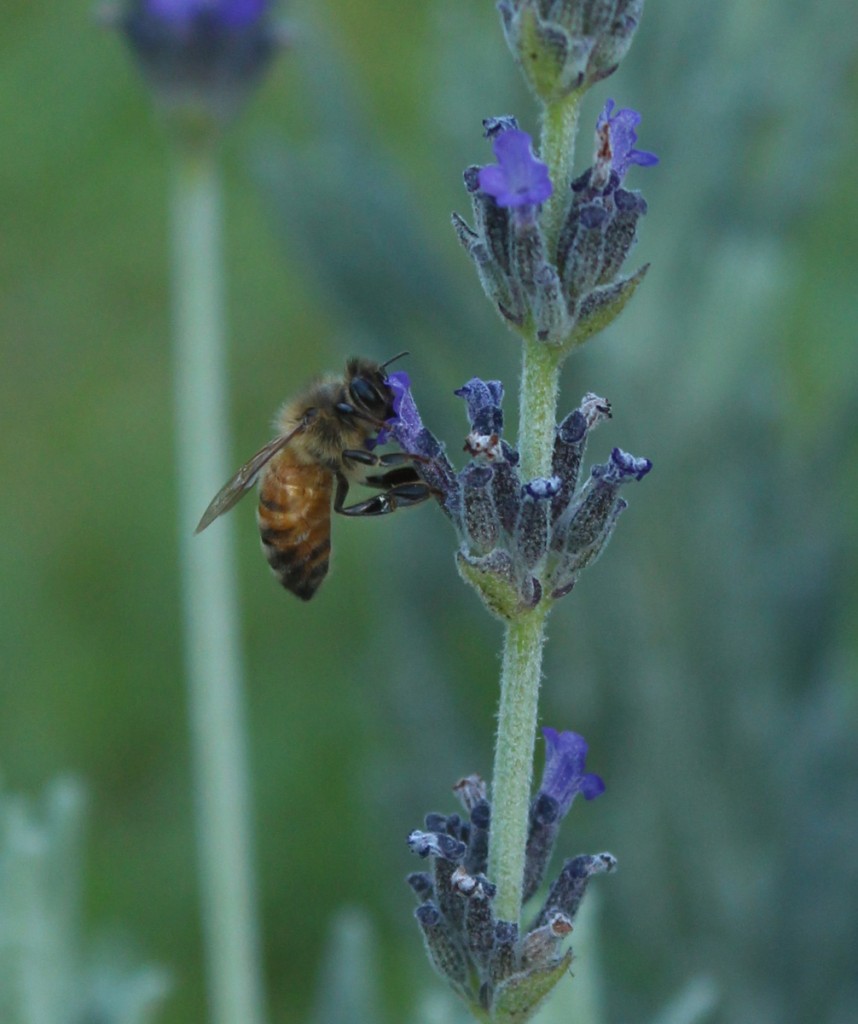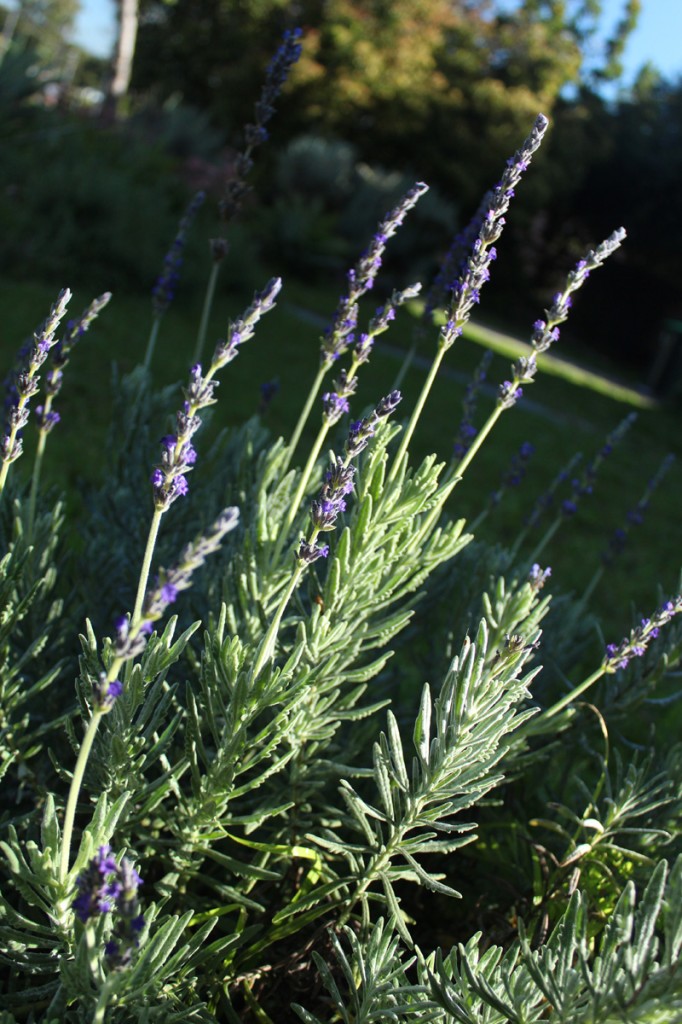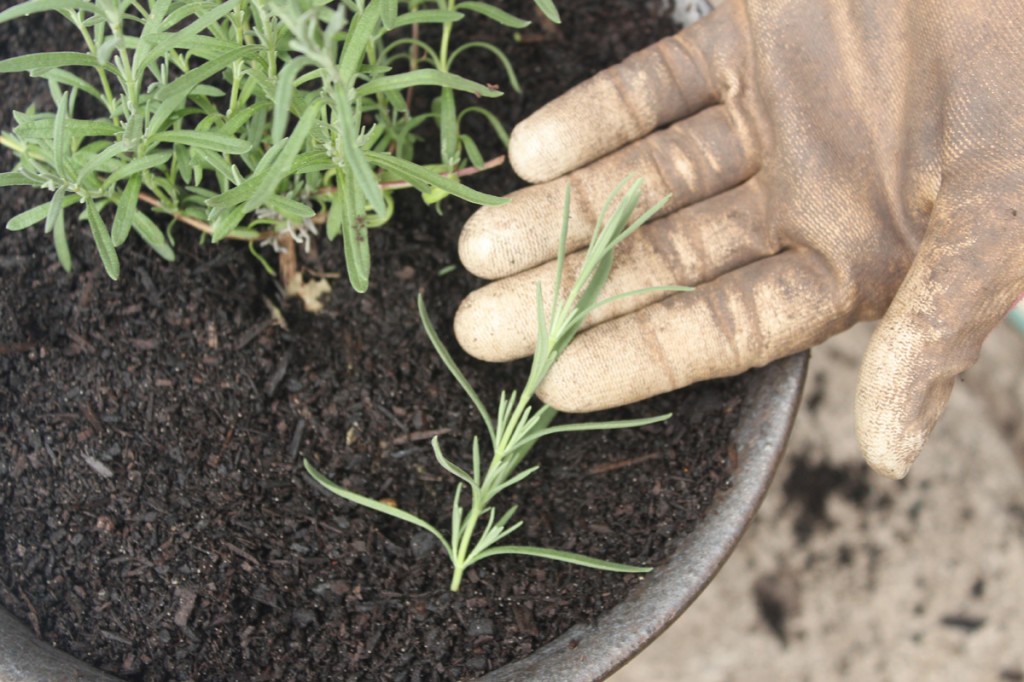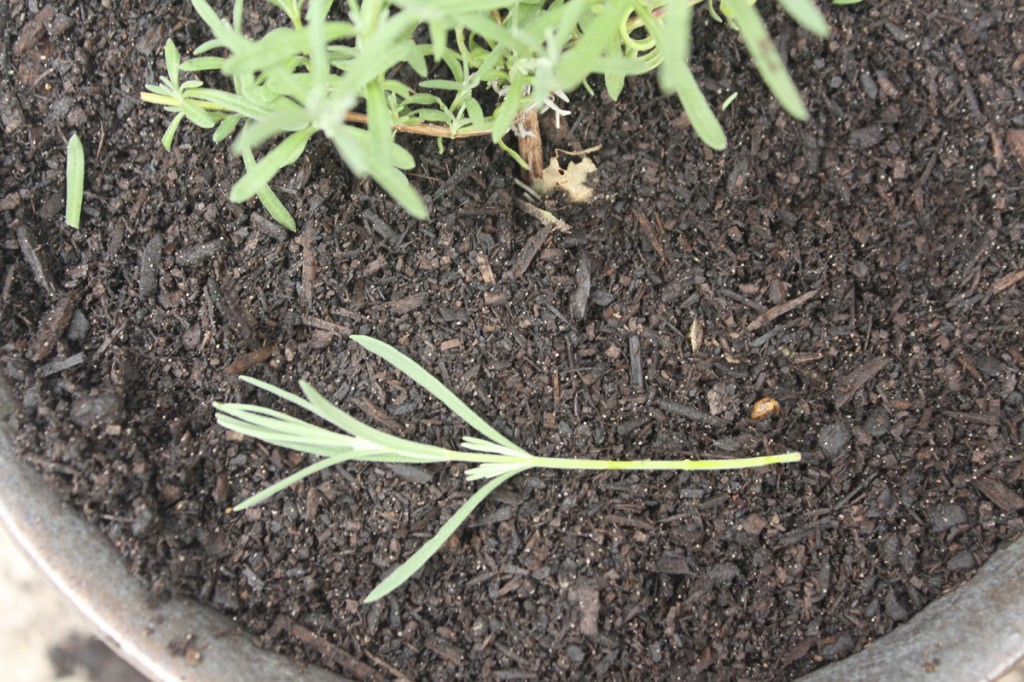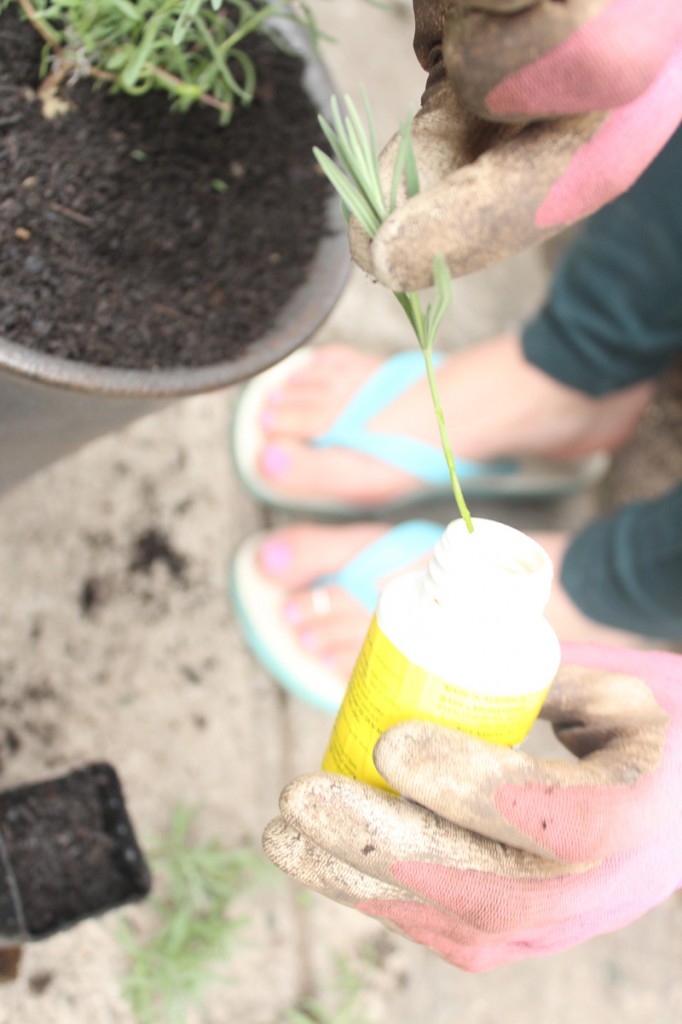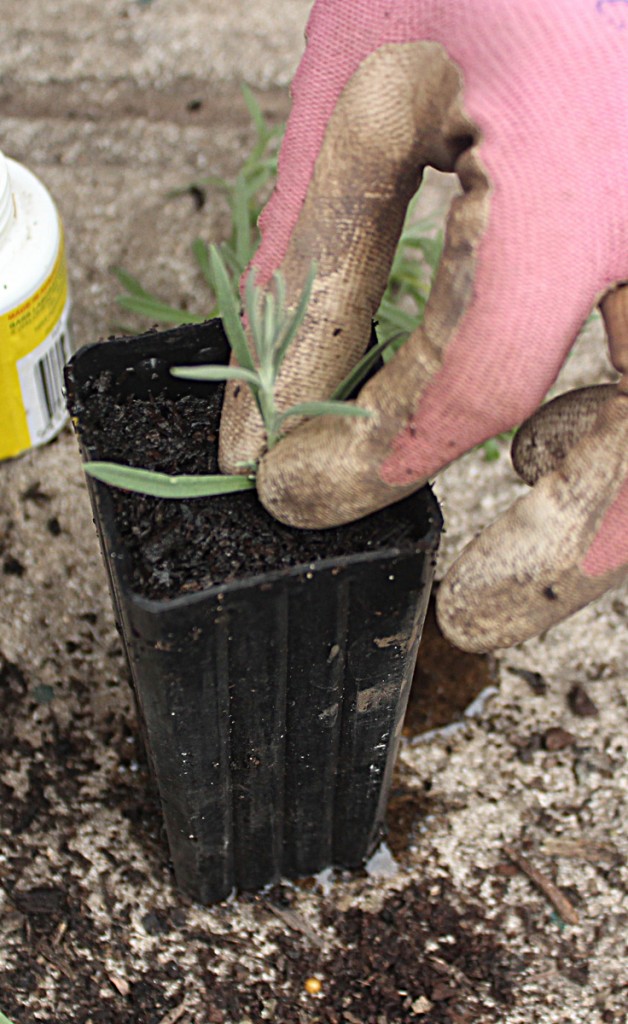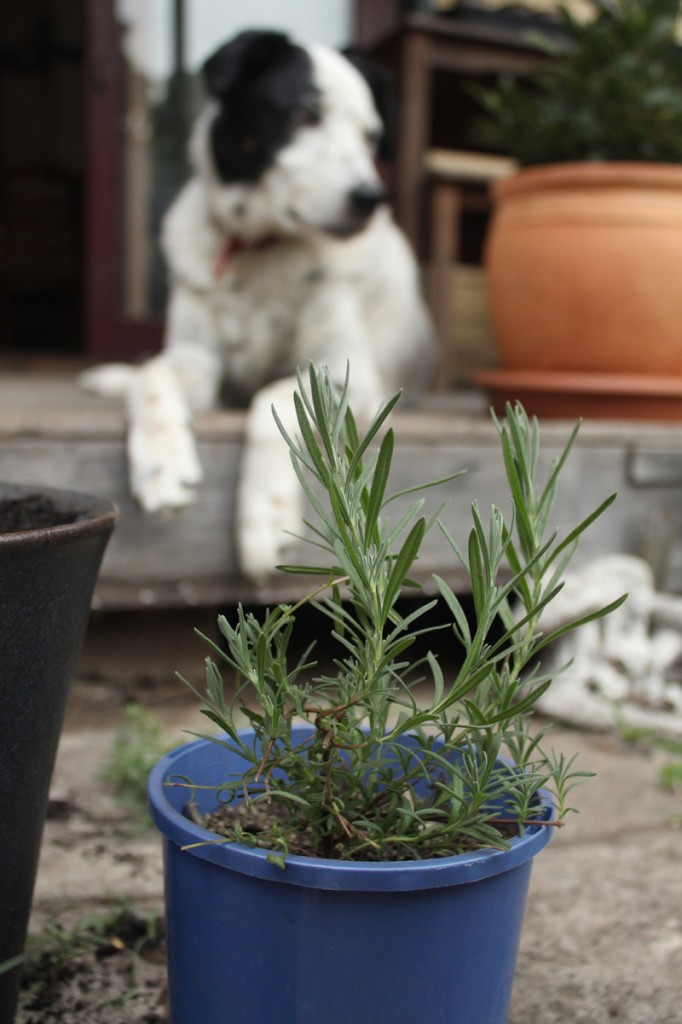There is so much to love about lavender. A perfect, easy-care, long flowering plant with fragrant foliage to compensate for the few times of the year it is without flowers. Lavender brings to mind Mediterranean gardens and fields of purple flowers in France. Lavender is a great plant for Australian gardens, as it is quite tolerant of heat and has low water requirements once established when compared to other European flowering plants. Lavender looks great in mass plantings, as a hedge or as a statement potted plant. It can also act as a structural plant in perennial borders while the other plants retreat underground for winter.
While traditional lavender is a dark purple-blue, there is now a huge range of flower colours, foliage types and size to choose from. I have used lavender as a companion plant in the row of apple and pear trees to attract bees- an easy job, as my lavender is rarely without flowers for long, and the bees absolutely love them. I have two types in the garden; one has pale silvery, soft, rounder leafed foliage and darker purple flowers. The other, spikier, more structured foliage and paler purple flowers.
Lavender has many uses outside the garden too- the oil can be used as an antiseptic and as a fragrance in oil burners. The flower can be used as an ingredient in cooking, for example in lavender scones, or simply as a long lasting cut flower. It is also an exceptionally easy plant to grow from cuttings, and I have multiplied the plants in my garden using simple propagation methods.
Growing Lavender from cuttings
Remember that not all of the cuttings will take, so if you want to ensure a supply of new plants, do take extra cuttings just in case. The development of plants from cuttings does require some patience, as there is plenty of waiting time. However, one of the most rewarding activities in the garden is planting out a healthy new plant that you have grown from a cutting- and it often means having a surplus of beautiful plants to gift to gardening friends!

